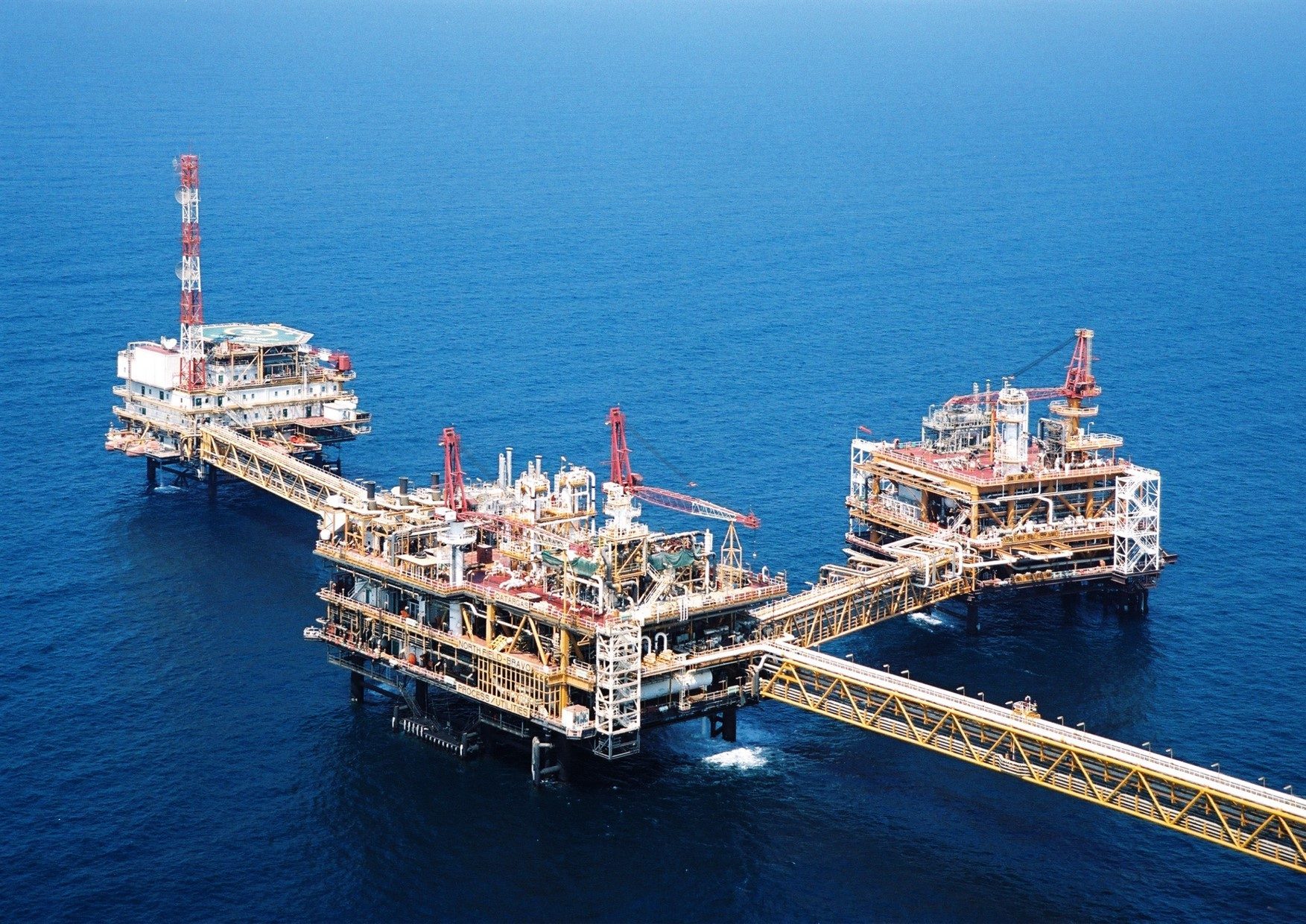State-owned Qatar Petroleum is all set for launching the ‘world’s largest’ LNG project, the company confirmed after signing a mega deal.
Qatar Petroleum is set to expand their gas production capacity after a $28.75bn North Field East Project (NFE), the world’s largest LNG project.
The project will raise Qatar’s LNG production capacity from 77 million metric tons per year to 110 million metric tons per year by 2025. In addition to gas, the project will also produce ethane, sulphur, and helium.
The NFE project represents the first phase of LNG expansion in Qatar, while the second phase, referred to as the North Field South Project (NFS), will further increase the Gulf states’ LNG production capacity from 110 million metric tonnes per year [mmtpy] to 126 mmtpy.
With an expected production start date in 2027, the NFS project involves the construction of two additional mega LNG trains (with a capacity of eight mmtpy each) and associated offshore and onshore facilities.
The main engineering and construction contract for the first phase of its expansion was awarded to a joint venture of Japan’s Chiyoda Corp. and Technip.
The EPC contract will see the construction of four mega LNG trains with a capacity of eight mmtpy each, with associated facilities for gas treatment, natural gas liquids recovery, as well as helium extraction and refining within Ras Laffan Industrial City.
Qatar is now considering boosting capacity beyond the 126 million mt/year already announced, the country’s energy minister and CEO of Qatar Petroleum Saad bin Sherida al-Kaabi said.
“There is great interest” from international oil companies to also participate and Qatar will be sending documents next week for their interest, he said.
Market impact
However, Al Kaabi warned gas importers they may see a hike in energy prices in the winter unless they sign up to long-term contracts. This comes amid a freeze on global projects triggered by a slowdown in the US shale industry and the financial challenges faced by international oil companies.
“There isn’t a lot of money that will be helping oil and gas companies,” he said. “But the pure economics of these projects do not fly any more at low oil prices.”
Qatar’s expansion comes as the Gulf state’s position as one of the largest exporters of gas in the world faces instability.
The US was slated to overtake Qatar to become the largest exporter of gas by 2025, according to the International Energy Agency. However, with a Democratic president in the White House, those plans seem to be taking a back seat as President Joe Biden tries to push a greener agenda to the forefront.
Environmental impact
One of the most important environmental elements of the North Fields project is its carbon capture and sequestration (CCS) system that will be integrated with the wider CCS scheme in Ras Laffan – one of the largest ever developed anywhere in the world.
Previously, QP set itself a target of reducing greenhouse gas (GHG) emissions, including plans to capture and store more than 7mn t/yr of CO2 from its operations by 2030.
The plans, part of a sustainability strategy, act “as a clear direction towards reducing the emissions intensity of Qatar’s LNG facilities by 25pc and of its upstream facilities by at least 15pc and reducing flare intensity across upstream facilities by more than 75pc.”







